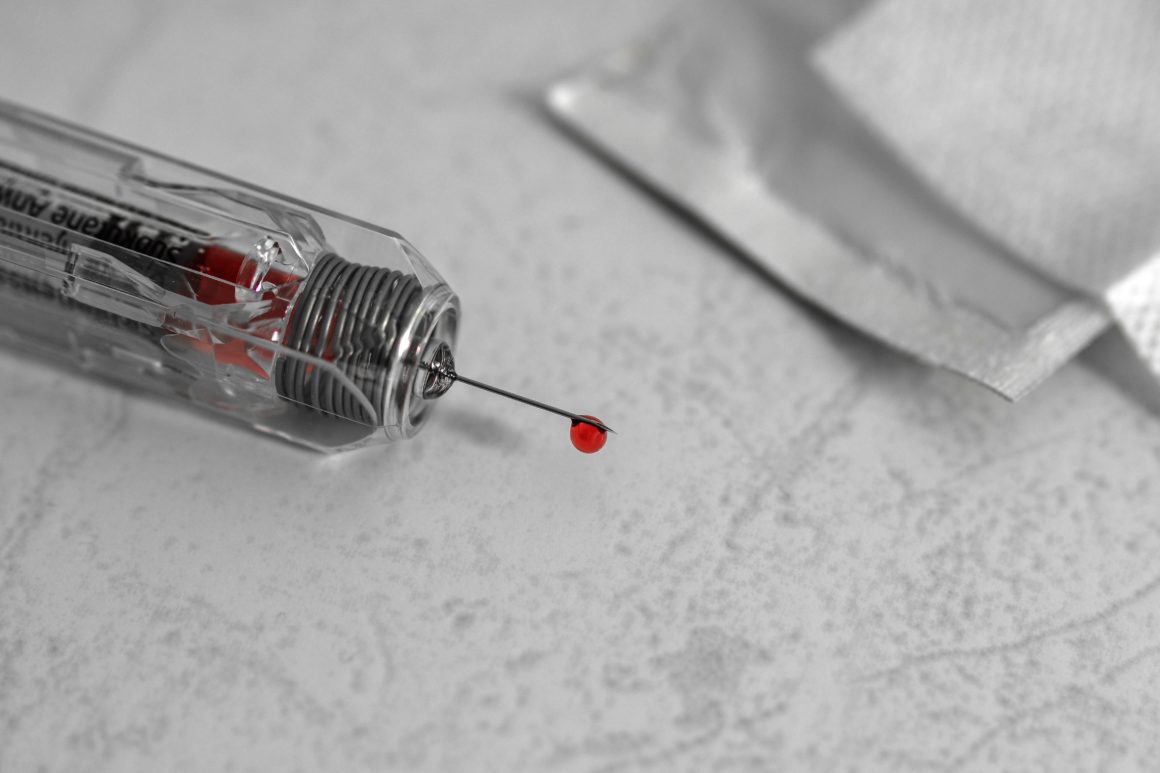So you’ve read about the symptoms of low testosterone and are wondering if you might be suffering from it? Maybe you even talked to your doc about it or are thinking about it. And maybe the doc said something along the lines: “You’re testosterone levels are fine. You have a beard and muscles don’t you.” or “Low testosterone?! That’s an old mans problem!” and refused to test it for you. Believe me, I’ve been there and at least here in Finland it’s next to impossible to get your levels checked in the public health care. I kind of understand them since our health care is almost “cost free” to a patient and paid by taxes so they have to balance what tests are important and can’t go jumping to every hypochondriacs whistle. But if you are contemplating getting your levels checked I highly recommend you use a private lab if such a service is available in you country. This will save you from a lot of hassle, arguing and embarrassment and the best thing is you will get all the right hormones checked.
That’s right, hormones. Just checking your total testosterone levels – like every doctor at least in this country will do – won’t give you the whole picture. You might have total testosterone in range yet have all the symptoms because there’s more to it. You might also come up with low total testosterone but this tells you nothing about why it’s low. Today we will talk about how to measure testosterone levels correctly.
There are conditions that can be fixed and then there are those that can’t. If you come up with low total testosterone an uneducated doctor might prescribe you with a testosterone gel and send you on you’re way (this seems to happen quite often). At this point you’re basically fucked. The T gel will shut down your pituitary, which will stop your own testosterone production (which might lead to low t even with a gel) and it will be damn near impossible even for a seasoned endocrinologist to find out what caused you’re low testosterone in the first place and if it could have been fixed without hormone replacement. And let me make this clear for you: You don’t want to be put on testosterone replacement unless absolutely necessary. It’s a chore on the long run, there might be negative long term health effects and finding a good doc and good treatment balance is challenging. So do you’re research before you think about jumping on the juice.
So you decide to use a private lab – what’s next? At least here in Finland and I gather in the US as well the labs will do pretty much any bloodwork ordered no questions asked. You don’t need a prescription – just cash. A thorough hormone panel for assessing you’re testosterone levels costs about 80 euros (about $ 100) here so it can’t be much more in the US or EU. So what tests to get? I’ll suggest the bare minimum and the optional below. I won’t post normal or optimal ranges since these vary lab by lab and most people who end up reading this will have different units then we have here.
Total testosterone: This is the main value most docs will be looking at. However it doesn’t tell the whole picture. One thing is that the total testosterone should be evaluated with patients age as the reference ranges usually don’t take this in to account. A 20 old guy in the bottom third of the scale might very well be hypogonadal while a 65 year old guy with same levels would be pretty normal. The more important thing that total testosterone won’t tell is how much bioavailable testosterone you have. Total testosterone will not differentiate with free testosterone molecules and the ones that are bound with albumin and especially sex hormone binding globulin.
SHBG: Or sex hormone binding globulin. This is a carrier protein that strictly binds to testosterone and estrogen and once bound testosterone can’t be used by tissues. Albumin is another molecule that binds testosterone but to a lesser extent so it’s usually (read always) sufficient to just check shbg.
Free testosterone, calculated: This is calculated from total testosterone and shbg levels. At least in Finland you can just order free testosterone, calculated (called S-testoVL in case you live here) and it will include the total testosterone and shbg. There is also a measured free testosterone but it does not give reliable results and calculated value is what is used in diagnostic work by endocrinologists.
Luteinizing hormone (LH): This is a hormone your pituitary sends to your testis to tell them to start producing testosterone in the Leydig cells. This is important for diagnosing secondary (pituitary caused) vs primary (testis caused) hypogonadism (low testosterone).
Follicle stimulating hormone (FSH): This is a hormone your pituitary sends to your testis to tell them to start producing sperm through the Sertoli cells. This is important for diagnosing secondary (pituitary caused) vs primary (testis caused) hypogonadism (low testosterone).
Optional:
Estradiol (E2): Testosterone is converted into estradiol by an enzyme called aromatase. This enzyme is abundant in fat cells and some males have a genetic mutation of aromatase that makes them convert T to E2 at and increased pace. High E2 can cause hypothalamic suppression which leads to secondary hypogonadism. You should get this checked if you are significantly over weight or suffer from gynecomastia (man boobs). Also if you have already found out you are secondary, rule this reason out. Some times E2 can be too low if you have very low testosterone levels since testosterone is the only source of E2 in males. Too low E2 is very unhealthy and this is why you shouldn’t try to lower it too much with drugs like aromatase inhibitors.
Thyroid-stimulating hormone (TSH): TSH is important for diagnosing thyroid function and pituitary function. Hypothyroidism is connected with hypogonadism and many of the symptoms are similar. It would be wise to get this checked especially if your LH and FSH are low.
Free levels of T4 and T3 thyroid hormones: Since hypothyroidism can cause low testosterone you should get these checked with TSH. T4 is what doctors will usually check but it’s actually an storage hormone that is converted into the bioactive T3 hormone as necessary. There are conditions where this conversion is not working properly and T4 won’t tell the whole picture so you should check the free T3 levels if you have any concerns about your thyroid function.
That’s about everything you need to assess you’re male hormone profile. In the next few posts I will tell you how to analyze the results and what causes certain scenarios might have. The finals diagnosis should always be left to a competent doctor but this is a subject you can’t educate yourself enough if you are going to have to go on testosterone replacement therapy or searching for a reason for low levels.



'How to measure testosterone levels – Getting bloodwork done on your own' has no comments
Be the first to comment this post!